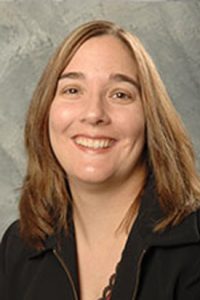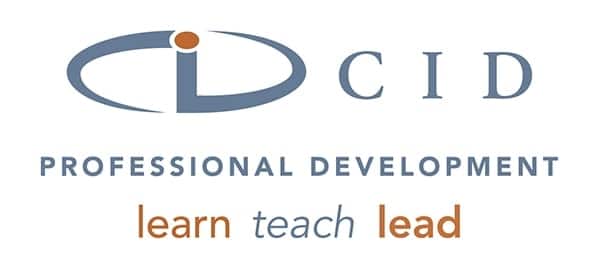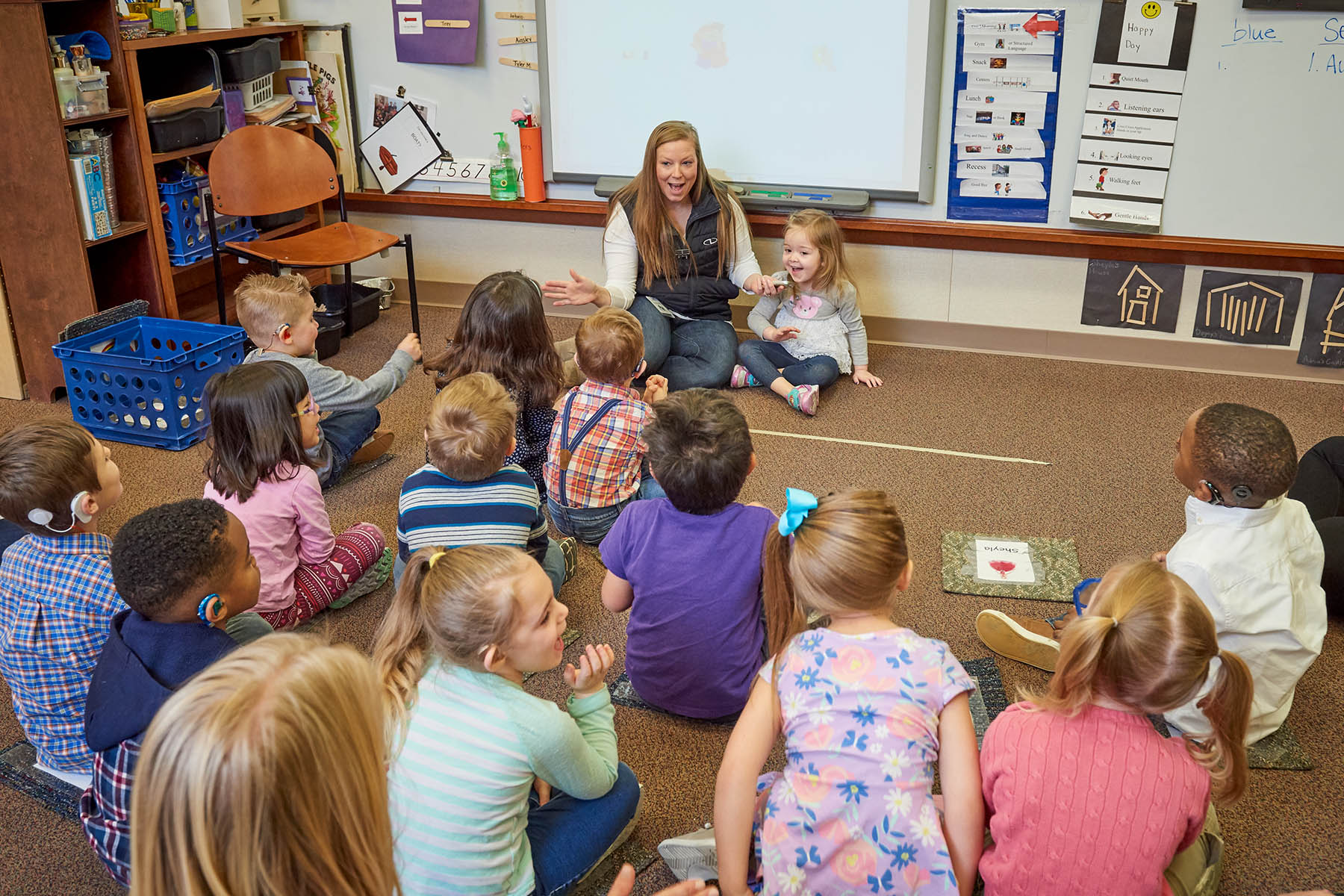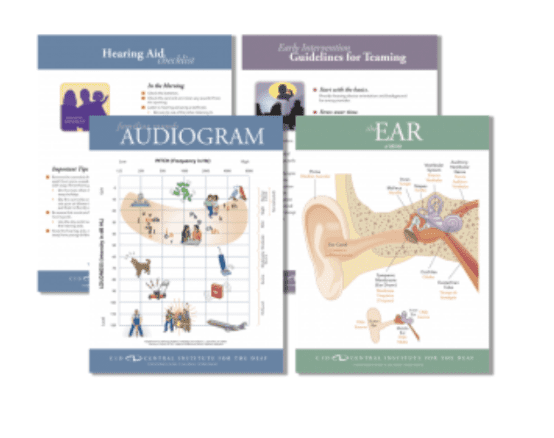Teachers of the Deaf are well-equipped for addressing the language, communication and literacy needs of students who are deaf/hard of hearing (D/HH). With the increase of autism spectrum disorders (ASD) in the D/HH population (now at a rate of 1 in 591), teachers are seeking out clear direction, especially when they consider new and challenging behaviors in the classroom. I often get frantic phone calls or emails from teachers stating, “but I wasn’t trained for this!” In order to offer some guidance to those who have not had experience or training in ASD or are unsure how to modify directly for students with both D/HH and ASD, I would like to suggest some starting points.
While the field of deaf education has been around for well over 100 years, the research in specific effective practices for students who are D/HH is limited. Contrarily, the field of ASD has 50 years rich in research that guide educational practices. For a listing and resources related to evidence-based practices in the field of ASD, visit https://autismpdc.fpg.unc.edu/evidence-based-practices.
Functions of Behavior
Understanding the “why” behind a behavior is paramount to understanding how to intervene and make change. Behavior is always communication. A teacher’s job is to identify what is being communicated or “the why.” There are four researched functions (the “whys”) of behavior (I use the acronym SEAT to remember them). Below is a table of these functions with a non-exhaustive list of possible observable behaviors. What is important to understand is that the majority of behaviors occur in order to gain or avoid one of these four things.

The process to identify the function (or multiple functions) a behavior is serving is known as Functional Behavior Assessment (FBA). For step-by-step directions conducting an FBA, visit https://afirm.fpg.unc.edu/node/783.
Reinforcement
After you have identified the function of the behavior you would like to change, it is important to identify a flexible list of reinforcement items you can use to encourage (and increase) behaviors that are favorable and discourage (and decrease) negative behaviors. The consistent and immediate use of feedback is necessary to change behavior. In fact, behavioral theory states that a behavior cannot continue to occur if it is not reinforced2. Therefore, if you want a child to raise their hand and ask for a break rather than running out of the room, you must plan to reinforce the child as soon as they start to raise their hand. Effective intervention starts with selecting an appropriate behavior to replace the unwanted behavior. Then reinforce the behavior you want to increase. The alternate behavior you select (in this case, raising hand) must be as easy and quickly reinforced as the negative behavior you would like to change (in this case, running out of the room). For more information on how to differentially reinforce desired behaviors, visit https://afirm.fpg.unc.edu/differential-reinforcement.
Structure and Visual Supports
Students with ASD thrive when structure is embedded within their day. It allows for a clear understanding of expectations without the need for language processing. A great example is a clearly set-up classroom. If the room is clearly divided visually, the students will know what is expected in each area of the room. For example, the corner with the books and soft chairs is used for reading time. Additional visual supports, such as schedules, visual timers, independent work systems/stations and environmental labels can also increase predictability and consistency within the classroom environment. For additional information on how to incorporate visual supports in the classroom, visit https://afirm.fpg.unc.edu/visual-supports.
While there are many directions teachers can go to begin setting up their classrooms to increase success for D/HH students with ASD, there are some essential first steps. Additional information is available from the website and resources section listed below.
References
- Szymanski, C. A., Brice, P. J., Lam, K. H., & Hotto, S. A. (2012). Deaf children with autism spectrum disorders. Journal of Autism and Developmental Disorders, 42, 2027-2037. doi:dx.doi.org/10.1007/s10803-012-1252-9
- Skinner, B. F. (1938). The Behavior of organisms: An experimental analysis. New York: Appleton-Century.
Websites/Resources
https://autismpdc.fpg.unc.edu/evidence-based-practices
https://afirm.fpg.unc.edu/node/783
https://afirm.fpg.unc.edu/differential-reinforcement
https://afirm.fpg.unc.edu/visual-supports
Borders, C., Bock, S. J., & Probst, K. (2017). A review of educational practices for deaf/hard of hearing students with comorbid autism. Deafness & Education International. doi:10.1080/14643154.2016.1255416
Bruce, S., & Borders, C. (2015). Communication and language in learners who are deaf with additional disabilities: Theories, research, and practice. American Annals of the Deaf, 160(4), 368-384. doi:10.1353/aad.2015.0035
Borders, C. & Bock, S. J. (2014, September 18). Core Strategies for Supporting Children with Deafness and Autism Spectrum Disorders: Part 1 [Webinar]. In Advanced Bionics Webinar Series. Retrieved from www.advancedbionics.com.
Borders, C. & Bock, S. J. (2014, October 23). Core Strategies for Supporting Children with Deafness and Autism Spectrum Disorders: Part 2 [Webinar]. In Advanced Bionics Webinar Series. Retrieved from www.advancedbionics.com
Bock, S. J., & Borders, C. (2013, December 11). The impact of deafness on the use of EBPs for students with ASD: Part 1 [Webinar]. In TASN Autism and Tertiary Behavior Supports: Evidence-Based Practices Webinar Series. Retrieved from https://www.kansasasd.com/webinararchive.php
Borders, C., & Bock, S. J. (2013, December 18). The impact of deafness on the use of EBPs for students with ASD: Part 2 [Webinar]. In TASN Autism and Tertiary Behavior Supports: Evidence-Based Practices Webinar Series. Retrieved from https://www.kansasasd.com/webinararchive.php
E-Learning Academy Modules – https://www.isrc.us/isrc-elearning-academy













